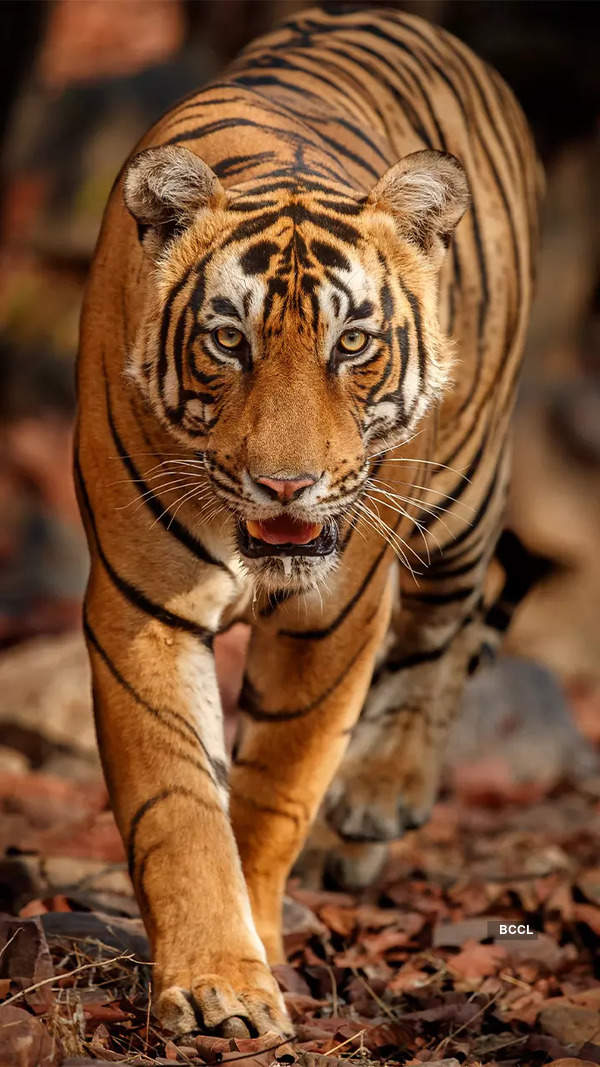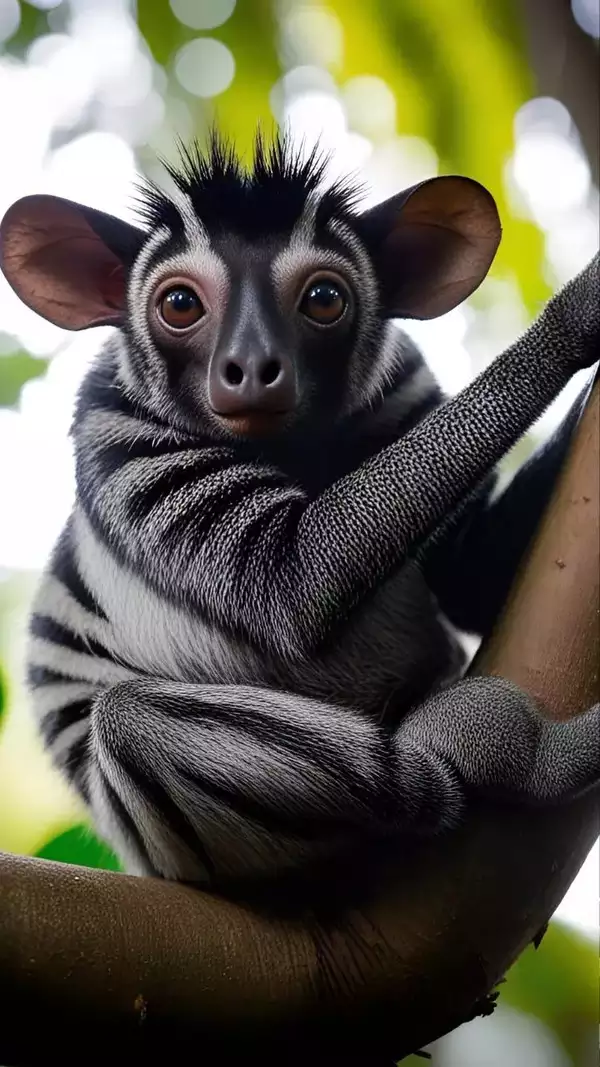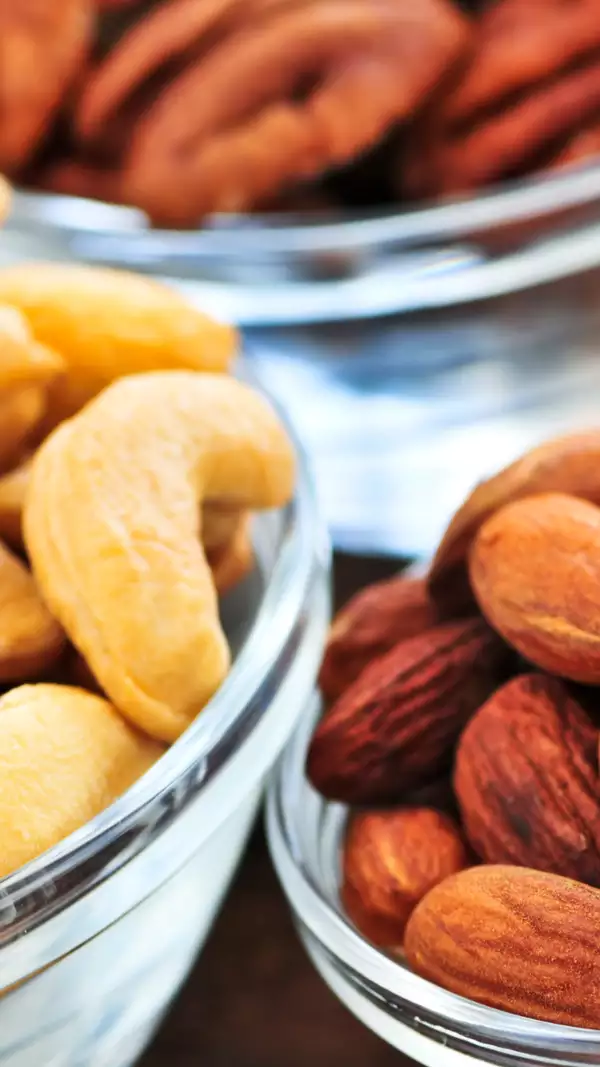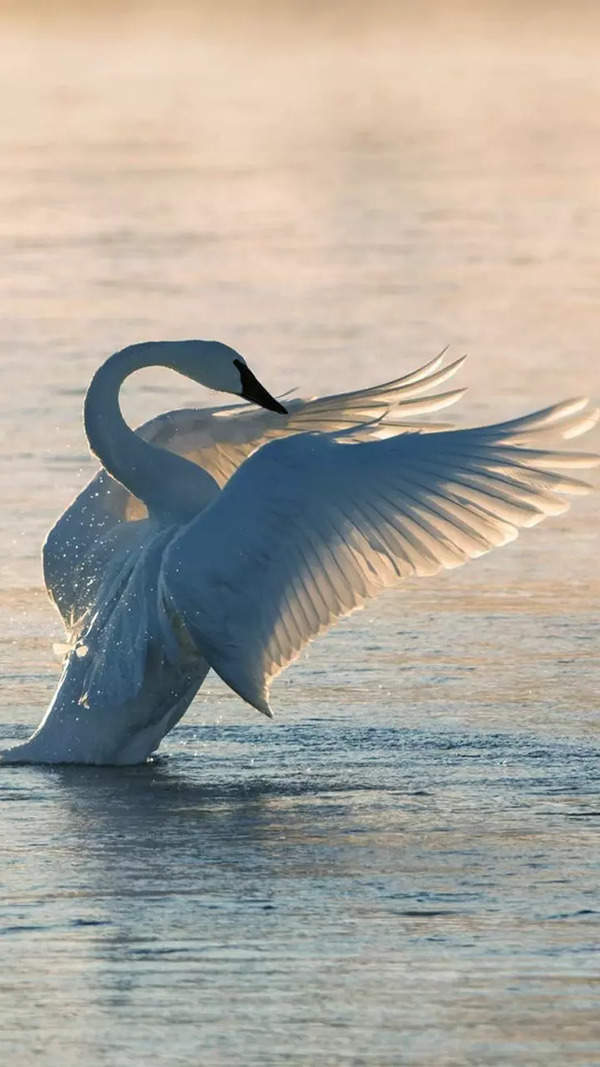Trending
King cobra vs python: Physical characteristics, venom, habitat, and who would win in a fight?
King cobras and pythons differ significantly in various aspects such as size, weight, habitat, physical appearance, behavior, hunting methods, and lifespan. King cobras, known for their venomous bite and agility, can reach speeds of 12 mph, while pythons rely on constriction to overpower their prey. In a head-to-head battle, the king cobra's deadly neurotoxin bite gives it an advantage.
King cobras and pythons are two of the most common and most dangerous snakes in the animal world. Both are apex predators of their food chain but occupy the same parts of Asia and are as different from one another in nearly every way as night is from day. From looks and size to habits and appetite, both types of snakes have distinct traits that make them different from one another. King cobras, with their venomous bite, are incredibly fast and agile hunters, while pythons rely on their immense strength and constriction methods to overpower prey. They also differ in habitat preference, behavior, and reproductive strategies. Below are the key differences between king cobra and python so that you would be able to better recognize them.
King cobra vs python
Key differences between king cobra and python
- Weight and size
Weight, as pythons are considerably heavier than king cobras, is because of size. King cobras tend to be 10 to 20 pounds, while pythons range from 10 to 200 pounds, depending on species. Pythons' weight is largely composed of their heavy, muscular body, whereas king cobras are very lean.
- Habitat and location
Pythons, however, would prefer to live in dense forests and jungles, where there will be shelter and food readily available. Pythons are also domesticated as house pets by most species, especially in the home. Pythons, however, arboreal climbers and swimmers though they are, would be more ground-dwelling in nature than the king cobra.
- Physical appearance
Pythons are distinct from king cobras because they have more muscular and heavier bodies. They also have intricate patterns such as giraffe spots on their bodies. Pythons have different colors according to species that range from brown, tan, to black. Pythons do not have the hood of king cobras, hence are very easy to distinguish.
- Behavioural and hunting traits
The two snakes are arboreal and are capable of climbing trees but will be forced to abandon this at maturity. Pythons are also good swimmers and are capable of remaining underwater for 30 minutes without surfacing, a feat which the king cobra is not capable of.
- Lifespan
King cobra vs python: Who would win in a fight?
Even if the python attempts to attack unexpectedly, the world's largest venomous snake would not be deceived. With its sensitive sense of smell, the king cobra can smell its prey at a distance of 330 feet. It licks its tongue in the air to sense both small and large prey, and in such a situation, it would be able to sense the hidden python immediately. Once the threat is sensed, the king cobra is also able to move rapidly 12 mph towards it.
When the king cobra approaches the python, it lifts half its body off the ground. It emits a warning hiss, exposes its teeth, and rolls out its hood to intimidate the python. In a quick action, it delivers a fatal bite. A minute amount of its neurotoxin is enough to paralyze and kill the python.
Also Read | Arizona black rattlesnake: Know more about their physical characteristics, habitat, venom and more
End of Article
FOLLOW US ON SOCIAL MEDIA
Visual Stories
Tired of too many ads?










